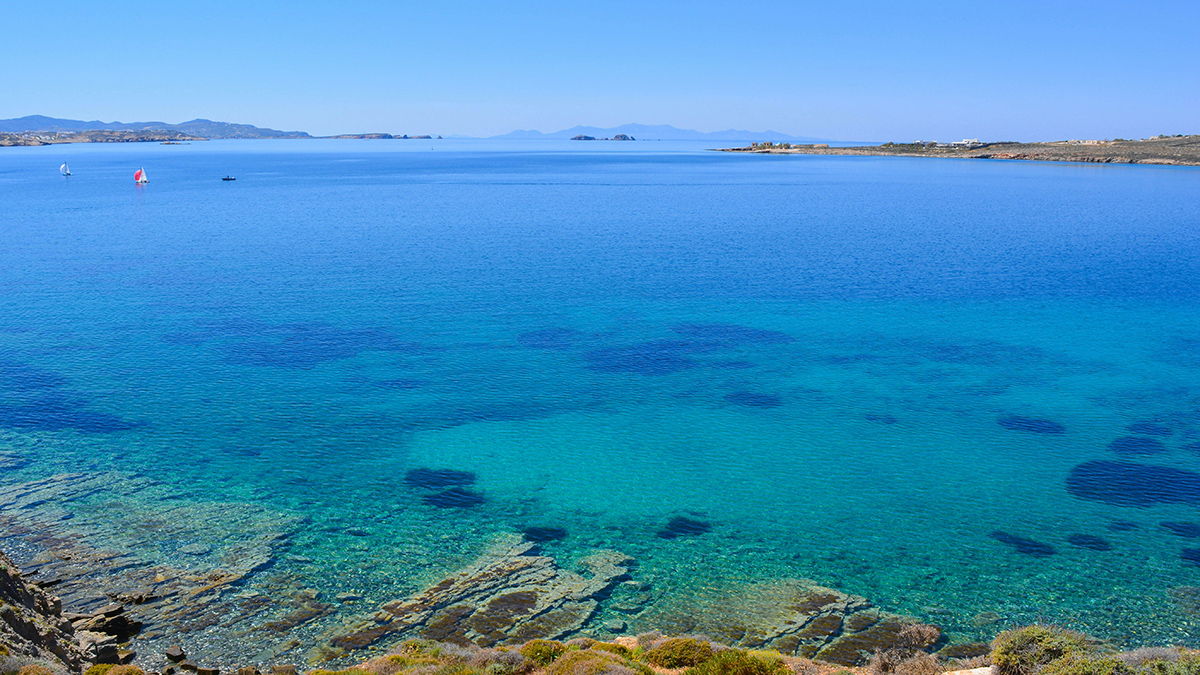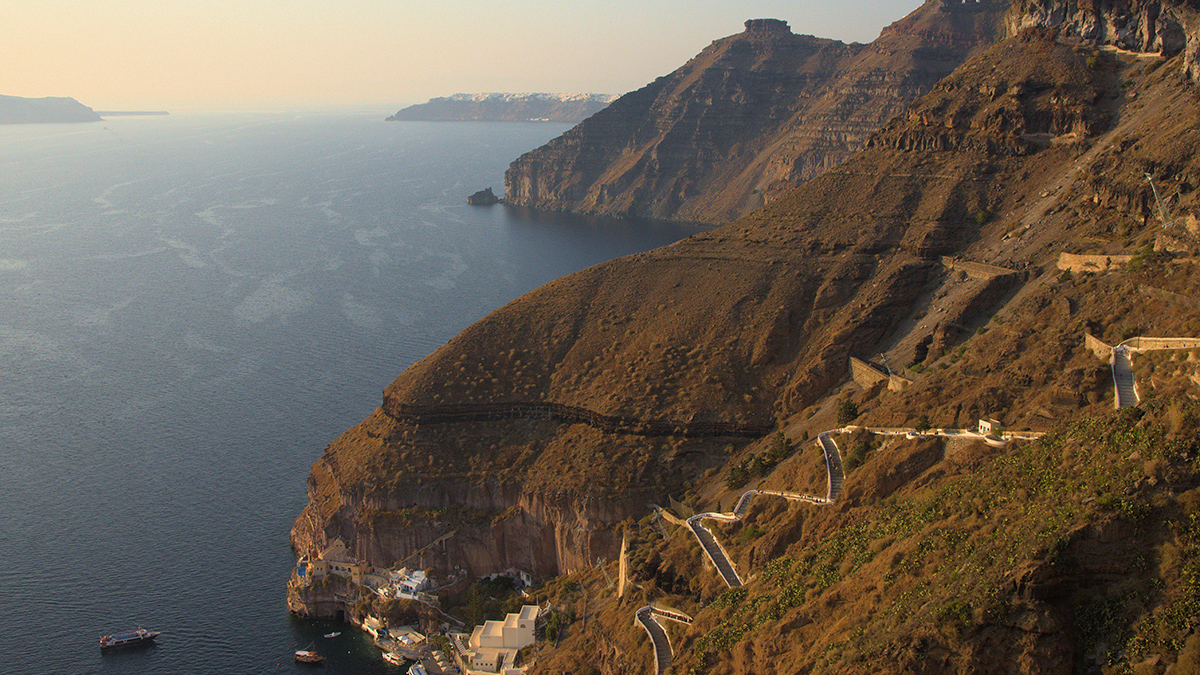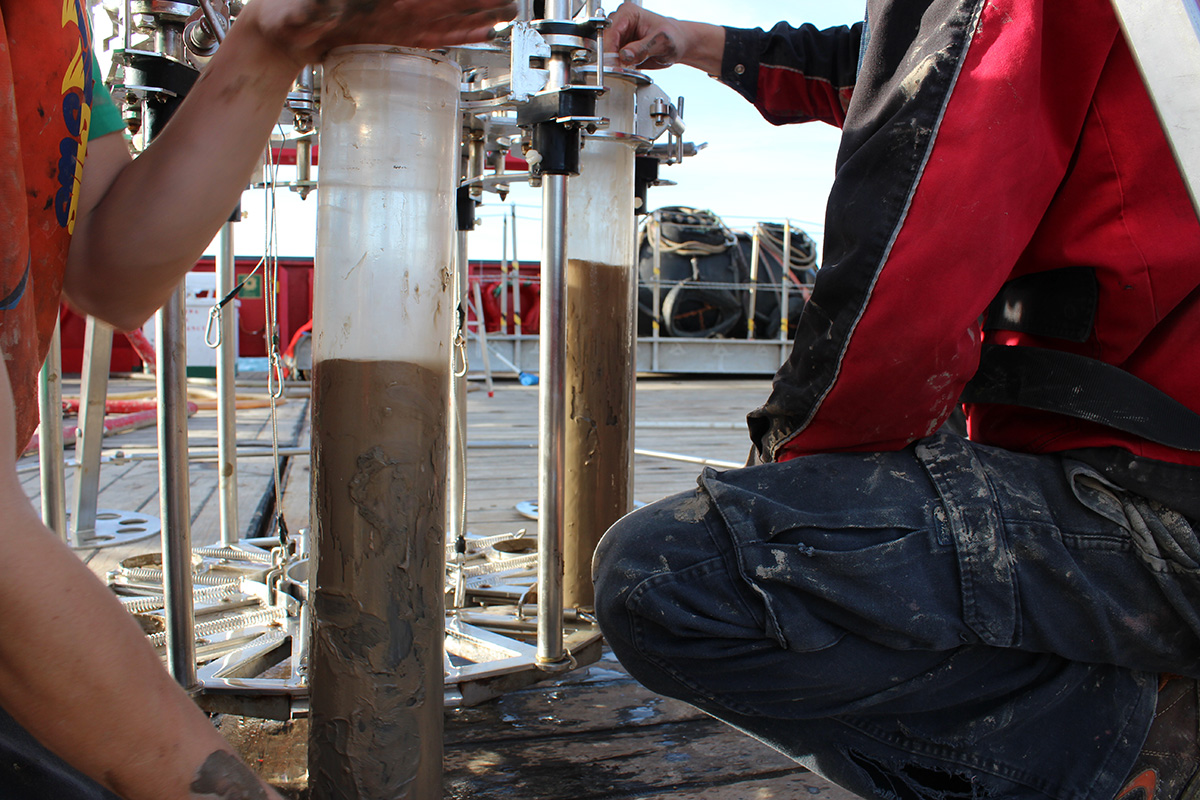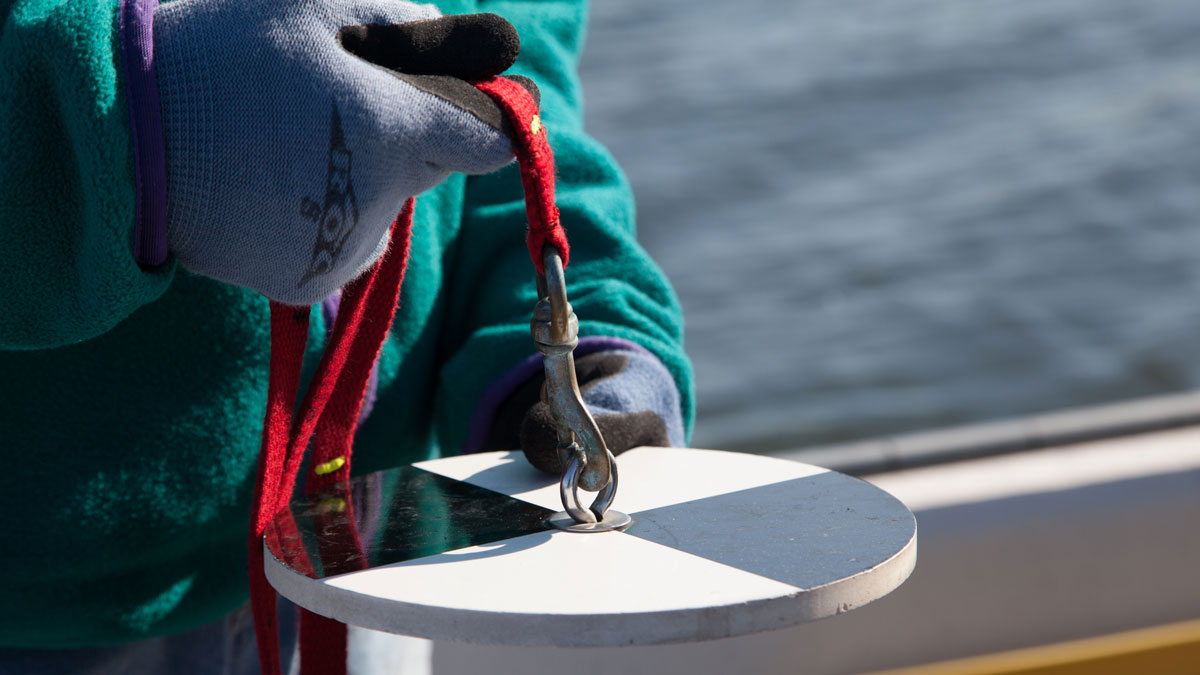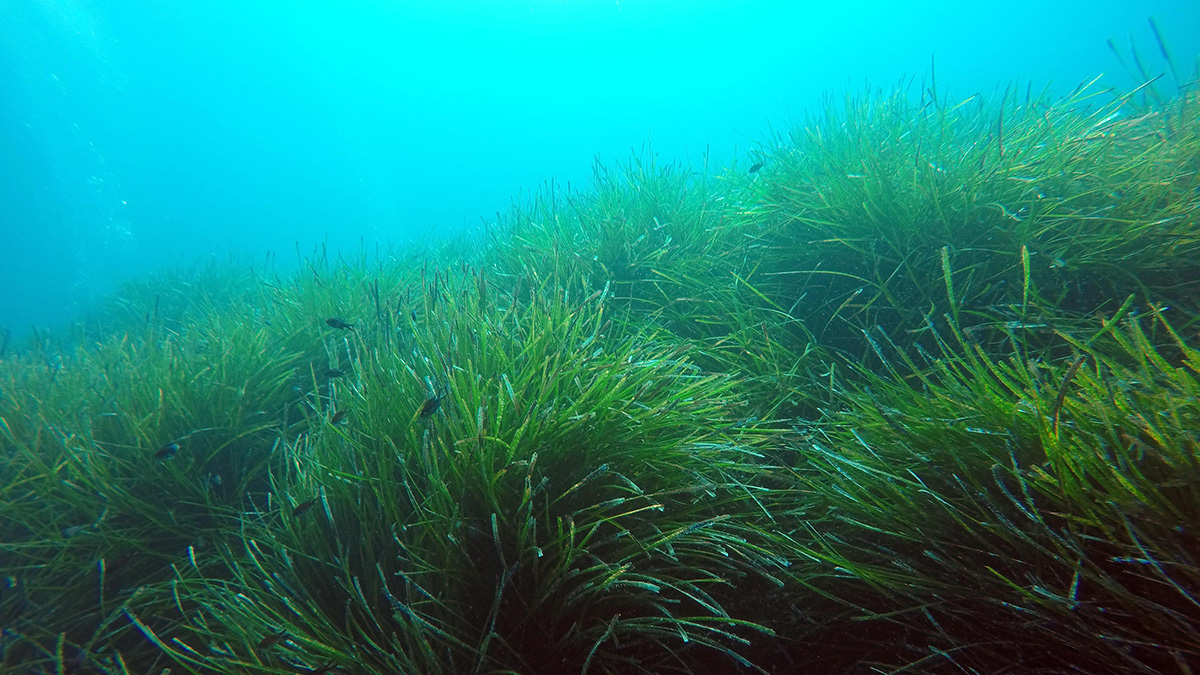Lead pollution in and around the Aegean Sea dates back to the Bronze Age and shows a strong spike associated with Roman expansion.
Mediterranean Sea
A landslide triggered the 1650 tsunamigenic eruption of Kolumbo in the Aegean Sea
The Landslide Blog is written by Dave Petley, who is widely recognized as a world leader in the study and management of landslides. In 1650, a destructive tsunami occurred in the Aegean Sea, which is an embayment of the Mediterranean sea, located between the modern Greece to the west and Turkey to the east. There […]
Decoding an Ancient Tsunami from the Ground Up
The seafloor around Santorini is helping scientists investigate forces behind the devastating Minoan tsunami.
Spain’s Seafaring Sports See Fewer Calm Days
Knowing the best days for calm or active water activities can strengthen the local economy and help tourists optimize their trips.
Seafloor Plastic Pollution Is Not Going Anywhere
The amount of microplastics at the bottom of the Mediterranean is growing as global production increases and plastic breakdown is halted.
Warming and Agitation Intensify Seagrass Meadow Carbon Fluxes
Carbon dioxide emissions surge in sediments when temperature and agitation increase, both of which are likely to continue rising in degraded Mediterranean seagrass meadows.
Seeing Through Turbulence to Track Oil Spills in the Ocean
After oil and tar washed up on eastern Mediterranean beaches in 2021, scientists devised a way to trace the pollution back to its sources using satellite imagery and mathematics.
The Simple Usefulness of the Secchi Disk
A centuries-old sailor’s hack enters the ecologist’s toolkit.
Mortality of Seagrass Meadows May Not Kill Their Methane Release
New research indicates that seagrasses continue to release methane even after they die, complicating blue carbon initiatives.
In a Twist, a Greek Volcano Ruled by the Sea
Move over Hephaestus, Poseidon’s got this one.

